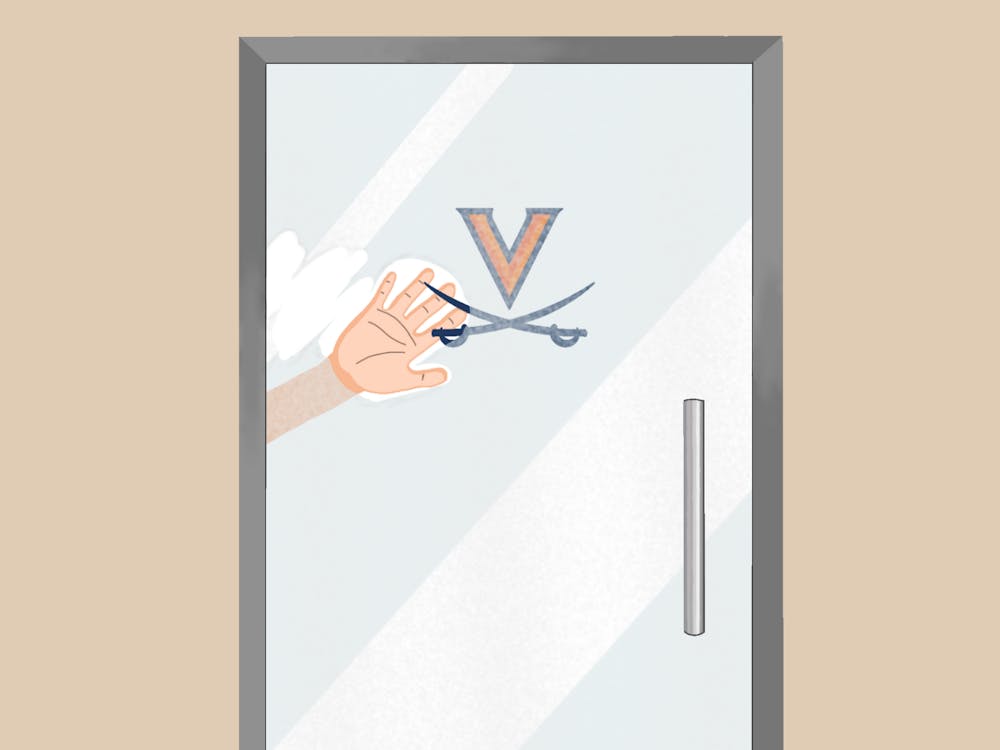Recently, the Cooper Union for the Advancement of Science and Art, a New York college which previously charged no tuition for all students, regardless of need, and announced it would start charging graduate students tuition in 2012, began charging undergraduate students tuition in 2014 — a decision that was met with significant outcry from its student body.
The school made this decision to combat severe financial problems; under the latest policy, the college reduced its customary full-tuition scholarships for all undergraduate students to 50 percent for students entering in Fall 2014. And while this change is quite dramatic, and a free college education for everyone would be ideal, Cooper Union’s new model may actually help students who need aid the most. The Chronicle of Higher Education poses a worthwhile question: “Does free tuition really increase educational opportunities for students who struggle to afford college?”
According to officials at Cooper Union, the first class of students admitted under the new tuition policy is more economically diverse than previous classes. According to a spokesman for the college, the rising cost of living in Manhattan — where Cooper Union is located — makes even a tuition-free school too expensive for many prospective students. But with Cooper Union’s new policy, which keeps tuition free for the students who most need it and allows them to use need-based aid (ranging from $1,500 to $2,000) for other expenses like rent and supplies, students who couldn’t otherwise afford to come to the school now can.
Of course, whether $2,000 can really combat the cost of living in Manhattan is a worthy question. But the principle behind the idea is sound. Cooper Union’s strategy is similar to how the University’s new Affordable Excellence tuition plan operates: as these colleges strive to raise revenue, they are attempting to do so without it being, literally, at the neediest students’ expense.
It is unrealistic to expect a school to be completely or close to free, as wonderful as that would be. Some European systems offer free higher education, but that is due to government funding — something that, for American schools, would require a massive infrastructural change in our nation’s budget. And, even in some areas that once offered free higher education such as the United Kingdom, tuition fees have been implemented in recent history.
If we can’t expect these schools to operate without revenue from tuition, then making sure students who have fewer economic advantages can attend those schools is a worthy goal (and not a goal that’s all too different from how tuition-free schools operate for low-income students). As it is, there are two distinct issues at play: in general, the deck is stacked in favor of wealthier students, and gaining revenue from tuition is a necessary business model for American schools. With these two facts in mind, maintaining that revenue while helping students in need is a smart policy.






